I have the following circuit that I found (here)
https://www.tutorialspoint.com/network_theory/network_theory_thevenins_theorem.htm
The author uses the node analysis in order to calculate the Thevenin equivalent. But I want to calculate \$V_{th}\$ with Superposition theorem. The \$V_{th}\ =\frac{200}{3}\$.
For the Superposition theorem I will have \$V_{th}=V_{1}+V_{2}\$.
If I deactivate the current source (open circuit) the 10 ohm resistor will play no role.So I am interested on voltage across the other 10 ohm resistor. Using the voltage divider I will have \$V_{1}=\frac{10}{15}*20=\frac{200}{15}=\frac{40}{3}\$.
But if I deactivate the voltage source (short circuit) I don't know how to calculate the \$V_{2}\$.
Side note: I do not want to use node analysis for this.
